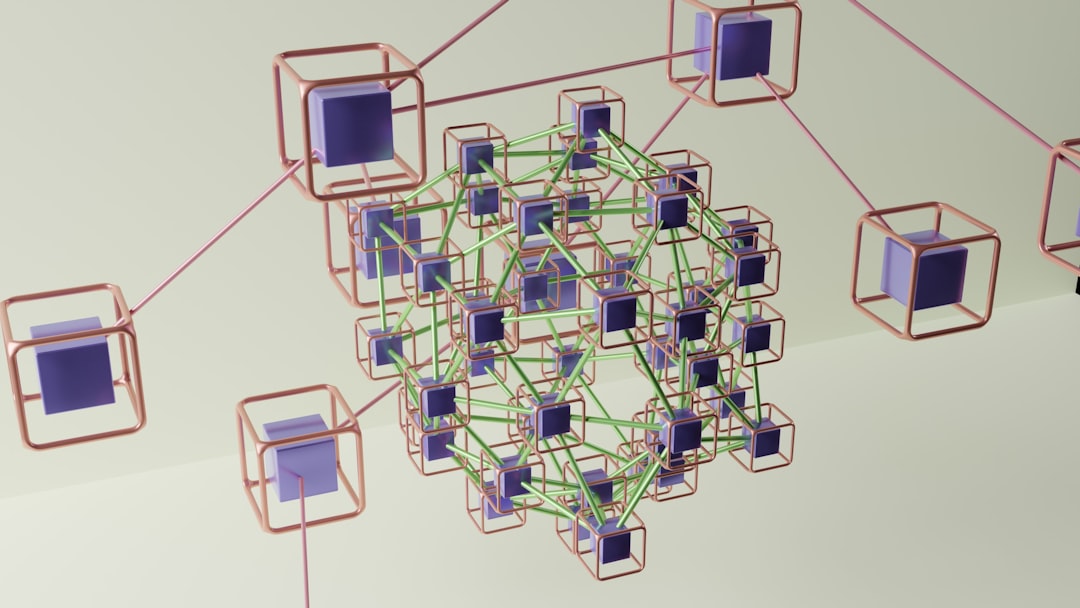
Innovative Neural Networks Revolutionize Operating Systems and Processes
The fusion of artificial intelligence and computing has led to an exciting era where innovative neural networks are revolutionizing operating systems and processes. This transformation is reshaping how devices operate, enhancing performance, and optimizing user experiences. In this article, we delve into the impacts of neural networks on operating systems, explore current developments, and highlight emerging trends that are setting the stage for the future of technology.
Understanding Neural Networks in Operating Systems
Neural networks, a subset of machine learning, mimic the human brain’s architecture to process data and learn from it. They excel at recognizing patterns, making predictions, and automating tasks. When integrated into operating systems, neural networks can significantly enhance functionality and efficiency.
For example, neural networks can dynamically manage system resources, optimizing CPU and memory allocation based on real-time usage patterns. This capability not only improves performance but also reduces energy consumption, which is crucial in mobile and IoT devices.
Current Developments in Neural Network Integration
1. Predictive Resource Management
One of the most notable applications of neural networks in operating systems is predictive resource management. By analyzing usage data, neural networks can forecast demand and allocate resources accordingly. This proactive approach allows systems to minimize latency and improve responsiveness.
Case Study: Google’s TensorFlow framework has been utilized in Kubernetes to optimize resource allocation in cloud environments, showcasing how neural networks can enhance the efficiency of operating systems.
2. Enhanced Security Protocols
Neural networks also play a pivotal role in bolstering security within operating systems. They can detect anomalies and potential threats by learning from historical data patterns. This capability enables systems to respond to security breaches in real time, providing a robust defense against cyber threats.
Expert Opinion: According to cybersecurity expert Dr. Jane Smith, “The integration of neural networks into security protocols allows for more adaptive and responsive systems, significantly reducing the risk of breaches.”
3. Intelligent User Interfaces
Innovative neural networks are transforming user interfaces into more intuitive systems. By analyzing user behavior and preferences, operating systems can adapt their interfaces to enhance user satisfaction. This personalization cultivates a seamless experience, making technology more accessible to a broader audience.
Emerging Trends in Neural Networks and Operating Systems
1. Federated Learning
Federated learning is gaining traction as a decentralized approach to training neural networks. Instead of centralizing data, it enables devices to learn collaboratively while keeping user data private. This trend is particularly relevant for operating systems in mobile devices, ensuring data security while enhancing performance.
2. Edge Computing
The rise of edge computing aligns perfectly with the capabilities of neural networks. By processing data closer to the source, edge computing reduces latency and improves response times. Operating systems equipped with neural networks can efficiently manage edge devices, paving the way for smart environments.
3. Self-Healing Systems
Innovative neural networks are also contributing to the development of self-healing systems. These systems can autonomously detect and resolve issues, minimizing downtime and enhancing reliability. As neural networks continue to evolve, we can expect operating systems to become increasingly resilient and self-sufficient.
Practical Applications and Future Prospects
The applications of neural networks in operating systems extend beyond traditional computing. In the realm of autonomous vehicles, for instance, neural networks manage navigation systems, ensuring safety and efficiency. Similarly, in smart home devices, they optimize energy usage and enhance user interactions.
As we look to the future, the potential for neural networks to revolutionize operating systems is immense. Continuous advancements in machine learning algorithms and increased computational power will further enhance the capabilities of these systems, leading to more intelligent and responsive technologies.
Further Reading and Resources
To expand your knowledge on this topic, consider exploring the following resources:
By staying informed about the latest trends and developments, you can better understand how innovative neural networks are reshaping operating systems and processes.
As technology continues to evolve, we encourage you to explore these concepts further. Subscribe to our newsletter for updates on the latest technology trends and innovations, and share this article with others interested in the future of operating systems and neural networks. Together, we can navigate this exciting frontier of technology!
Glossary of Terms
- Neural Networks: Computational models inspired by the human brain, used for pattern recognition and prediction.
- Federated Learning: A decentralized method of training machine learning models while keeping data local to devices.
- Edge Computing: A distributed computing paradigm that brings computation and data storage closer to the location where it is needed.
- Self-Healing Systems: Systems capable of autonomously detecting and correcting faults.
In conclusion, the integration of innovative neural networks into operating systems marks a significant milestone in technological advancement. As these systems continue to evolve, they promise to enhance efficiency, security, and user experience, paving the way for a smarter future.


